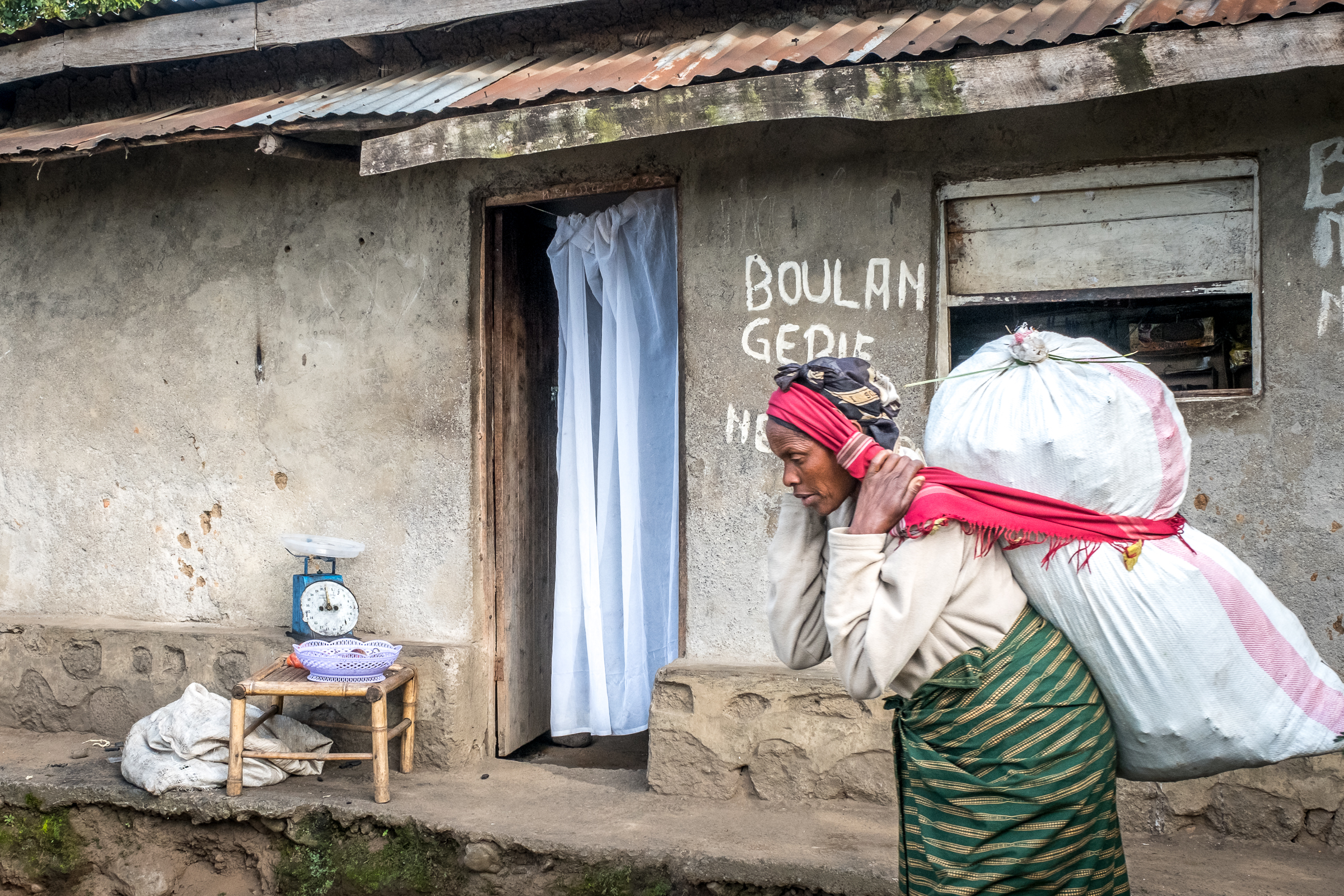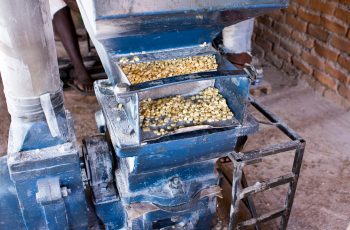Overview
Researchers
Jonathan Robinson
Associate Professor of Economics, University of California, Santa Cruz
Alan Spearot
Associate Professor, Department of Economics, University of California Santa Cruz
Shilpa Aggarwal
Assistant Professor in the Economics and Public Policy at the Indian School of Business (ISB)
Susan Godlonton
Assistant Professor of Economics at Williams College
- Country
- Rwanda
- Timeline
- 06/01/2019 - 11/30/2021
- Constraints
- Input and Output Markets
- Technology Category
- Contracts
- Sample
- 40 mid-sized cooperatives, each with approximately 100-200 producers

Photo Credit: Karen O'Hern Photography
Like much of Sub-Saharan Africa, a contributing factor to low agricultural productivity in Rwanda is low usage of modern inputs like chemical fertilizer and improved seeds. This low usage is particularly noteworthy in the Rwandan context given the government organizes smallholder producer cooperatives, operates a well-run agricultural extension program, and supports the Smart Nkunganire System or ‘SNS,’ a large-scale recently-digitized input subsidy scheme. However, interviews with cooperatives in 2018 suggest that relationships with processors turn over between seasons, and opportunities to sell their harvested output remain limited. Low and variable prices for crop sales at harvest-time may make farmers uncertain about the profitability of investing in improved inputs during the planting and growing seasons. The researchers plan to offer a subset of mid-sized cooperatives a guarantee of the price they will receive at harvest-time through a formal pre-season contracting process. By varying whether the cooperative receives a pre-season guarantee of a 25% or 10% premium (above the per kilogram price received in the previous season), the study will identify whether the anticipation of higher prices for harvested output at the end of the season will impact farmers’ input utilization during the current and subsequent seasons. Digital SNS database records of input usage allow measurement of these effects for all one hundred to two hundred members of each of the participating cooperatives. Additional surveys are commissioned to measure shifts in household consumption, or other investments or shifts in agricultural production, such as crop choice.
Preliminary results indicate meaningful participation in pre-season contracts in cooperatives that received visits during the 2022 season. Researchers are analyzing data on the long-term effects of a broader randomized evaluation on the Farmers to Market Alliance (FtMA) program in Rwanda. Read the IPA Results Brief here.
